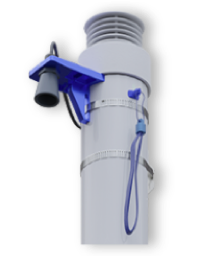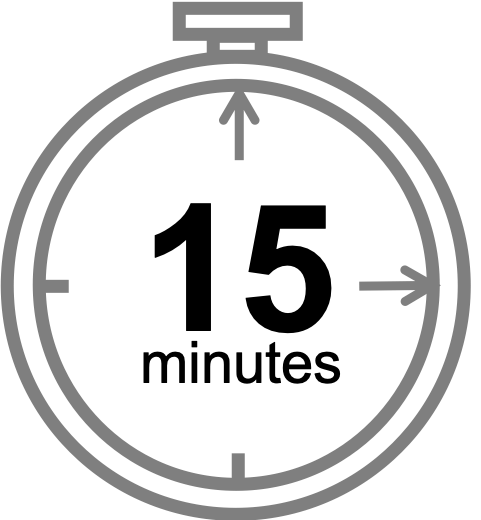 What's Afloat? Exploring MOSAiC Buoy Data
What's Afloat? Exploring MOSAiC Buoy Data
In October 2019, researchers on the MOSAiC expedition deployed three SIMB buoys through the frigid Arctic sea ice. SIMB stands for Seasonal Ice Mass Balance, and the SIMB buoys collected data like air pressure, air temperature, ice thickness, and more during the MOSAiC expedition. SIMB buoys drift along with the sea ice.
Buoys in the ocean come in all different shapes, sizes, and kinds. Most float on top of or within the water and either drift with the currents or are anchored in one place. Different buoys are equipped with different kinds of instruments to measure different things.
 Quick Bite: Buoy Structure and Function
Quick Bite: Buoy Structure and Function
Have your students watch the video below of a buoy installation during the 2019-2020 MOSAiC expedition and look at a picture and diagram of a SIMB buoy. As a class, brainstorm and discuss how the structure and design of the buoy relates to its function, i.e., the data it is supposed to collect. What special considerations do you think have to be taken into account when designing a buoy for harsh Arctic conditions versus other places on the globe?
SIMB buoy diagram
MOSAiC Expedition: SIMB3 Buoy Installation Video by Ryleigh Moore from APECS Webinars on Vimeo.